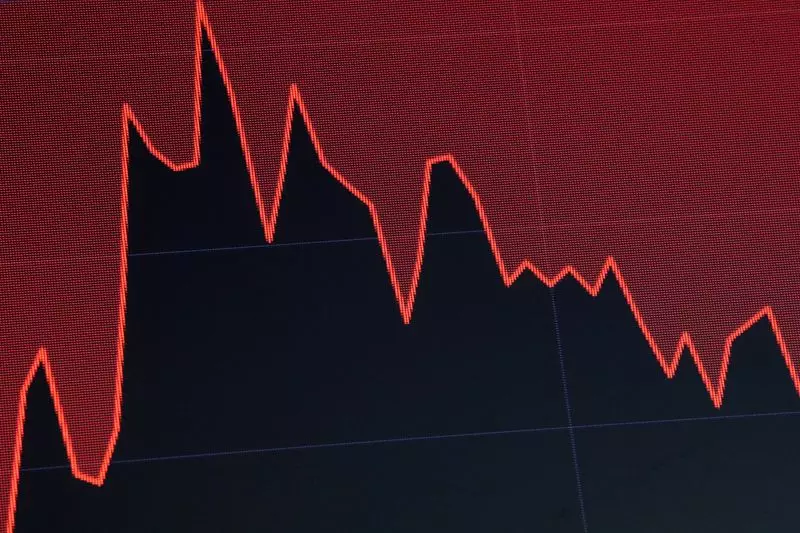In the world of financial markets, the recent burst of volatility has taken many traders by surprise. There is an inherent irony in the fact that trades which are only feasible and highly profitable in a low volatility environment are suddenly exposed when volatility spikes. FX “carry trades” and the “basis” trade in U.S. Treasuries are examples of such wagers that have recently rocked world markets. The leverage required to amplify the profits of these arbitrage trades also amplifies the risk, leading to significant losses when the turning point arrives.
The Prolonged Existence of Speculative Bets
While in theory, these opportunities should not last long in an efficient free market, they often do. The yen carry trade, for example, persisted for years due to ultra-loose monetary policy in Japan. Participants in financial markets come with diverse agendas, resulting in a wide range of risk tolerance profiles. However, recent events have shown that high-risk gambles can quickly turn sour, leading to a chain reaction of selling to cover losses and margin calls.
The FX carry trade involves borrowing cheaply in a low-yielding currency and investing in a higher-yielding currency or asset to profit from interest rate differentials. However, currencies with low returns are generally considered low-risk assets with solid fundamentals, while currencies offering higher returns are fundamentally less appealing due to higher inflation, credit risk, or political instability. Successful carry trades rely on low volatility and precise timing to exit the trade before a spike in volatility triggers short covering and blows up the trade.
Getting the timing right on high-risk trades is often more luck than skill. Many sophisticated investors fail to understand the skewed nature of carry trades, where gains accumulate slowly but losses can occur rapidly. The recent surge in volatility has forced investors to quickly exit these trades, leading to substantial losses. Investors can be lulled into complacency during low volatility environments, only to be blindsided when volatility spikes unexpectedly.
Dramatic spikes in volatility, though rare, can have severe consequences in the financial markets. The recent drop in the dollar’s value against the yen and the two-year Treasury yield’s significant plunge highlight the infrequency of such events. The fallout from failed trades can result in the destruction of portfolios and funds, posing a risk to global financial stability. Value at Risk (VaR) models, which gauge the maximum loss an investment can sustain over time, may not accurately reflect the true risks posed by leveraged trades inflated by speculative frenzies.
The recent episode of market volatility underscores the inevitable risks associated with high-risk trades in financial markets. While the true extent of the fallout is yet to be determined, it is evident that there will be casualties. Traders and investors must remain vigilant, acknowledge the inherent instability of such trades, and be prepared to exit positions swiftly when volatility spikes to avoid significant losses.

